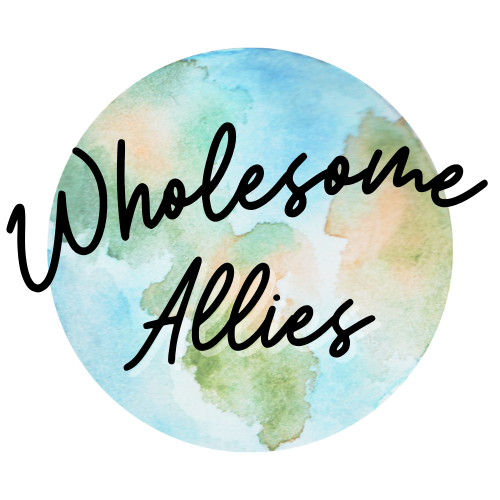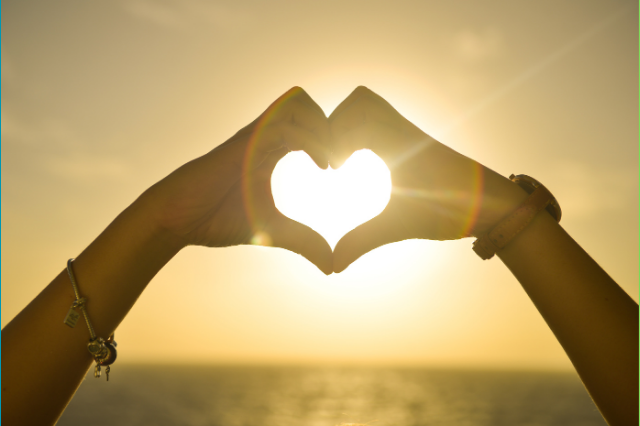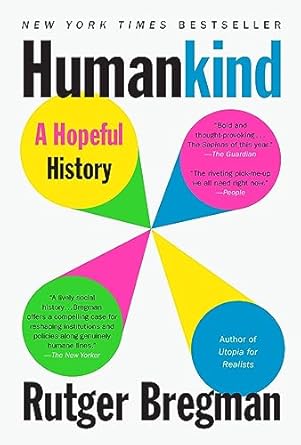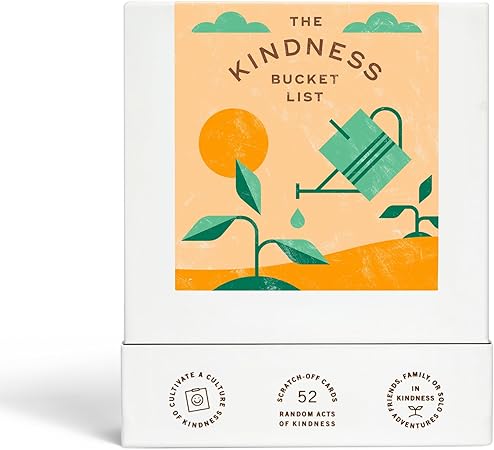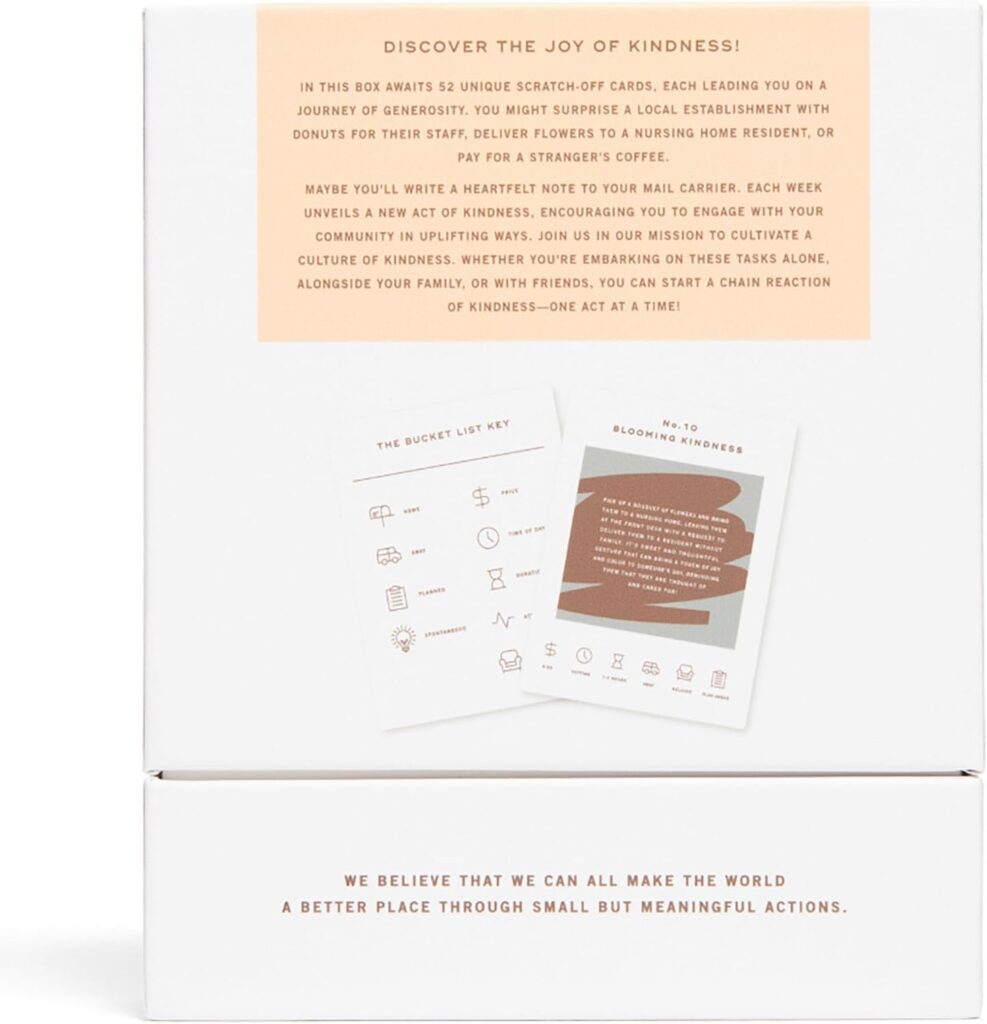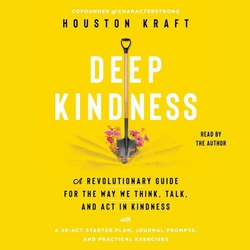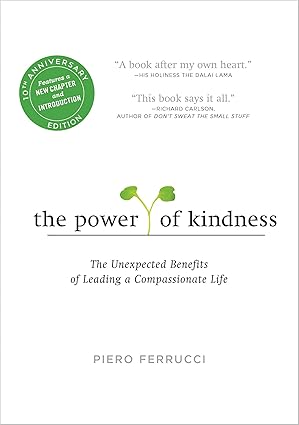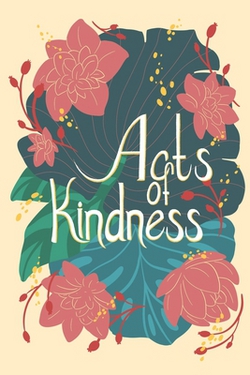The Ripple Effect of Kindness
Science, Stories, and How to Start Your Own
It was one of those days, many years ago, that I will never forget.
The kind where your coffee spills, your inbox is a relentless beast, and you’re running 15 minutes late for a meeting you’re unprepared for.
Sitting in traffic, my knuckles were white on the steering wheel, and a cloud of pure frustration hung over me. Then, it happened.
As I reached the merge point, a large truck slowed, and the driver waved me in with a simple, easy smile.
It was a tiny gesture.
It cost him nothing but two seconds of his time.
But for me, in that moment, it was everything.
The tension in my shoulders eased.
I took a deep breath for what felt like the first time all morning.
That single, small act of grace didn’t just get me into the lane; it shifted my entire perspective.
But the story doesn’t end there. Because of that driver’s kindness, I arrived at my meeting calmer, more present.
I was more patient with a colleague who was struggling with a software issue.
Later that day, I found myself paying for the coffee of the person behind me.
A stranger’s simple act of kindness had rippled out from him, to me, to others.
This isn’t just a feel-good story; it’s a glimpse into a profound and scientifically backed phenomenon.
This is the power of the ripple effect of kindness, where a single pebble of compassion can create waves that travel far beyond our line of sight.
The “lively” (The New Yorker), “convincing” (Forbes), and “riveting pick-me-up we all need right now” (People) that proves humanity thrives in a crisis and that our innate kindness and cooperation have been the greatest factors in our long-term success as a species.
More Than a Feeling
The Science Behind the Ripple
We often think of kindness as a moral choice, a nice thing to do.
But its impact is rooted in our very biology, creating a chain reaction of well-being that benefits the giver, the receiver, and anyone who witnesses it.
The Helper’s High: The Neurochemistry of Kindness
That warm, fuzzy feeling you get after doing something good?
It has a name, and it’s powered by a powerful cocktail of neurochemicals. This is the science of kindness in action.
When you perform an act of kindness, your brain releases a powerful trio of “feel-good” chemicals:
- Serotonin: This crucial neurotransmitter, often called the “happy chemical,” is released in both the giver and the receiver of a kind act. It regulates mood, happiness, and anxiety. Kindness, quite literally, is a natural antidepressant for everyone involved.
- Dopamine: This chemical is part of your brain’s reward system. When you’re kind, you get a hit of dopamine, creating a sense of pleasure and satisfaction. This is why helping others can feel so intrinsically rewarding—your brain is encouraging you to do it again.
- Oxytocin: Often dubbed the “love hormone” or “bonding molecule,” oxytocin is released during positive social interactions. It promotes feelings of connection, trust, and empathy. It also has a physical benefit: it can lower blood pressure and improve overall heart health.
This phenomenon is often called the “Helper’s High.”
It proves that kindness, serotonin, and other chemicals aren’t just abstract concepts; they are tangible, physical rewards that make kindness a self-replenishing resource.
The more you give, the better you feel, and the more you want to give again.
The Contagious Nature of Compassion
The ripple doesn’t stop with brain chemistry.
It spreads through our social networks in a way that researchers can actually map.
A landmark study published in the Proceedings of the National Academy of Sciences by researchers James Fowler and Nicholas Christakis found that cooperative and generous behavior is contagious.
Their research demonstrated that an act of kindness can spread through a social network by up to three degrees of separation.
What does that mean in practice?
It means your single act of kindness, like helping a neighbor, doesn’t just affect your neighbor.
It increases the likelihood that your neighbor will be kind to someone else, and that that person will be kind to another, and so on.
Your one action can positively influence the mood and behavior of dozens, even hundreds, of people you will never meet.
“Your kindness to one person is, statistically, a kindness to many.”
A year of kindness: With 52 unique scratch-off cards, that’s one activity every week for a year! Every card is labeled to indicate if the activity is best suited for spontaneous acts of kindness or if it requires planning.
Ripples in the Real World
Stories That Inspire
While the science is compelling, it’s the stories that truly capture our hearts and show us what’s possible.
History is filled with examples of small seeds of compassion growing into mighty forests of change.
From a Single coffee order to a Global Movement
In 2020, a woman started a “pay it forward” chain at a Starbucks drive-thru by paying for the order of the car behind her.
This single, anonymous act sparked a chain reaction that lasted for over 450 cars over three days.
Each person, touched by the gesture, chose to keep the ripple going.
It became a local news story that, in turn, inspired countless others around the country to try the same in their own communities.
It was a perfect, real-time demonstration of the ripple effect.
The Community Garden That Grew a Neighborhood
It often starts with one person and a simple idea.
Take the story of a woman in a depressed urban neighborhood who grew tired of looking at a vacant, trash-filled lot.
One Saturday, she went out with a single trash bag and started cleaning.
A neighbor saw her and joined. Then another.
That small cleanup effort evolved.
Someone suggested planting a few tomatoes.
Another built a rudimentary fence.
That single, initial act of caring for a shared space blossomed into a vibrant community garden.
It became a place where neighbors who had never spoken before now worked side-by-side.
It reduced local crime, provided fresh food, and rebuilt a sense of community.
All from one person and one trash bag.
Spread meaningful kindness in your everyday life with this essential guidebook to making the world a kinder, more accepting place.
The Cafeteria Catalyst: When a Teacher's Quiet Act Inspired a School
In a seemingly ordinary school cafeteria, a teacher noticed a painful, recurring scene.
As children filed through the lunch line, he saw that some were singled out when their account had a past-due balance, a situation entirely out of their control.
The cashier would have to take away the hot meal the child had selected and replace it with a starkly different, “alternative” lunch.
The effect was immediate and heartbreaking.
The child, flushed with embarrassment, would often lower their head, avoid eye contact, and retreat to a table to eat alone, feeling the weight of their peers’ stares.
This teacher decided he could not stand by.
One day, he quietly approached the cashier and handed her $50.
His instructions were simple: use this to cover the cost for any child who couldn’t pay, ensuring they received a full, normal lunch without any attention or shame.
He insisted on remaining anonymous, and for months, this silent guardian covered meal debts, believing his act was a small, secret fix to a large problem.
But kindness, however quiet, has a way of rippling into the light.
Other students eventually discovered what he had been doing.
They saw not just the act itself, but the profound dignity it protected.
The ripple he started then flowed back to him in a powerful wave.
The teacher arrived at work one morning to a surprise.
A group of students, inspired by his months of secret generosity, had taken up a collection of their own.
They presented him with a jar of money, their own allowance, and lunch money, donated to help their classmates in need.
His single, consistent act of compassion had taught them more than any lesson plan could; it had shown them the power of collective empathy and ignited their own desire to be a force for good in their community.
Your Ripple Starter Kit
Practical Ways to Create Change
Feeling inspired?
The best part about the ripple effect of kindness is that you don’t need wealth, fame, or a grand plan to start one.
You just need intention. Here is your practical toolkit for launching your own ripples today.
The key is to start small and be genuine.
The goal isn’t to perform a heroic feat, but to integrate mindful kindness into your daily life.
1. Kindness with Words
Your words are a powerful and free tool for creating positive ripples.
- Leave a Glowing Review: Take five minutes to leave a detailed, positive review for a small local business or a freelancer who did great work. This directly impacts their livelihood.
- Send a “Just Because” Message: Text a friend or family member a specific compliment. Instead of “Hope you’re well,” try “I was just thinking about how your laugh always brightens my day.”
- Practice Deep Listening: The next time someone is talking to you, put your phone away, make eye contact, and truly listen without formulating your response. This simple act of presence is a rare and profound gift.
- Write a Gratitude Note to a Mentor: Send a physical card or a long email to a past teacher, coach, or mentor, telling them the specific impact they had on your life.
2. Kindness with Time
Giving your time and attention is one of the most valuable acts of kindness you can offer.
- Offer Micro-Babysitting: Tell an overwhelmed parent you’ll watch their kids for one hour so they can take a nap, run an errand, or just sit in silence.
- Help a Neighbor with a Chore: Offer to pull a heavy trash can to the curb, water plants while they’re away, or return their stray Amazon box.
- Use Your Skills: Are you good at organizing? Offer to help a friend tidy a dreaded closet. Good with tech? Help an elderly neighbor set up their new smartphone.
3. Kindness in Stealth Mode
These acts are anonymous, asking for nothing in return, and can create ripples of delightful confusion and joy.
- Pay for the Person Behind You: In a coffee shop or drive-thru, pay for the order of the person behind you.
- Top Up an Expired Parking Meter: If you see a meter about to expire, drop in a few coins. You save a stranger from a ticket.
- Leave a Positive Note: Write an encouraging message on a sticky note and leave it on a bathroom mirror, a library book, or a park bench.
- Donate Anonymously: Give books, clothes, or household items to a shelter or community center without telling anyone.
The popular guide to living with kindness now includes a new chapter, introduction, and exercises in this tenth-anniversary edition.
The Challenge
Be the Pebble
The evidence is clear.
From the serotonin boosting in our brains to the documented social contagion studied by researchers, kindness is not a soft concept; it’s a powerful force for tangible change.
The stories of the Starbucks chain and the community garden prove that a single moment of compassion can scale into something that transforms a day, a community, or even a life.
You don’t need to move a mountain to change the world, and there is no better time than NOW.
You just need to be the pebble.
Your mission, should you choose to accept it, is simple: Perform one intentional act of kindness within the next 24 hours.
Let it be small. Let it be simple. But let it be deliberate.
Pay for a coffee, send that text, or offer your full attention to someone who needs it.
Then, watch the ripple you’ve started flow outward.
You may never see where it ends up, but you can trust the science and the stories: it will travel further than you can imagine.
Share Your Ripple
We want to be inspired by you!
What act of kindness will you start with?
Share your story or your own ripple ideas in the comments below or on your social channels using the hashtag #RippleEffect.
Let’s create a wave of positivity together.
No matter how small, no act of kindness is ever wasted. This book is a collaborative effort among many authors to spread happiness and inspirational stories about the strength of the human spirit, honesty, bravery, friendship, and kindness.
Sources
The “Helper’s High” and Neurochemistry:
The concept of the “Helper’s High” and the involvement of serotonin, dopamine, and oxytocin in prosocial behavior is supported by extensive neuroendocrine research. The following review articles provide a comprehensive overview of this field:
- Post, S. G. (2005). Altruism, Happiness, and Health: It’s Good to Be Good. International Journal of Behavioral Medicine, 12(2), 66–77. https://doi.org/10.1207/s15327558ijbm1202_4
- Curry, O. S., Rowland, L. A., Van Lissa, C. J., Zlotowitz, S., McAlaney, J., & Whitehouse, H. (2018). Happy to help? A systematic review and meta-analysis of the effects of performing acts of kindness on the well-being of the actor. Journal of Experimental Social Psychology, 76, 320–329. https://doi.org/10.1016/j.jesp.2018.02.014
The Contagious Nature of Kindness (Fowler & Christakis Study):
The landmark research on the spread of cooperation and generosity in social networks is detailed in the following paper:
- Fowler, J. H., & Christakis, N. A. (2010). Cooperative behavior cascades in human social networks. Proceedings of the National Academy of Sciences, 107(12), 5334–5338. https://doi.org/10.1073/pnas.0913149107
